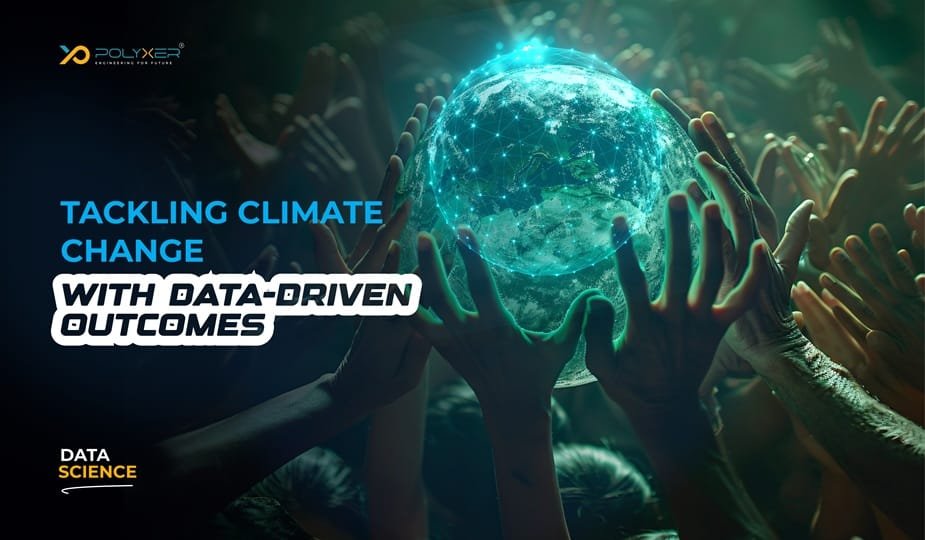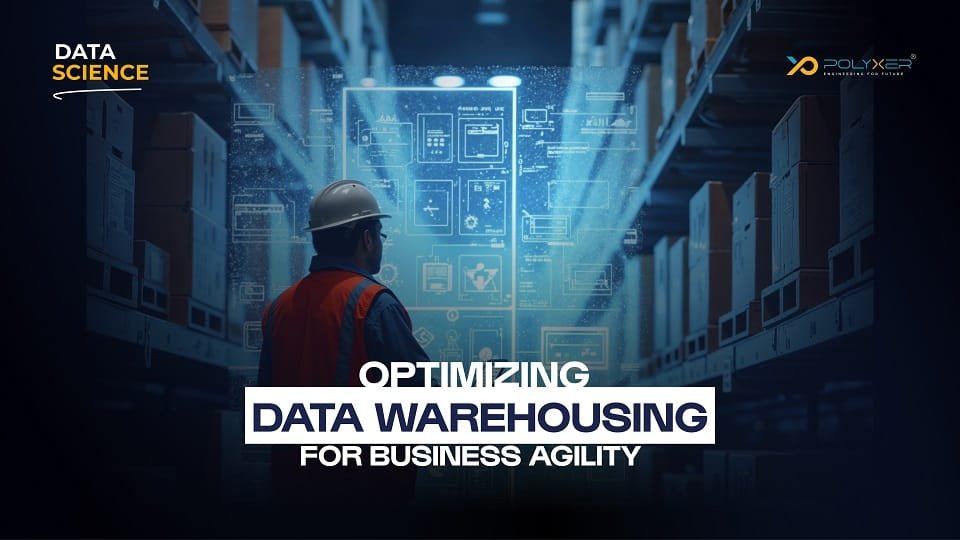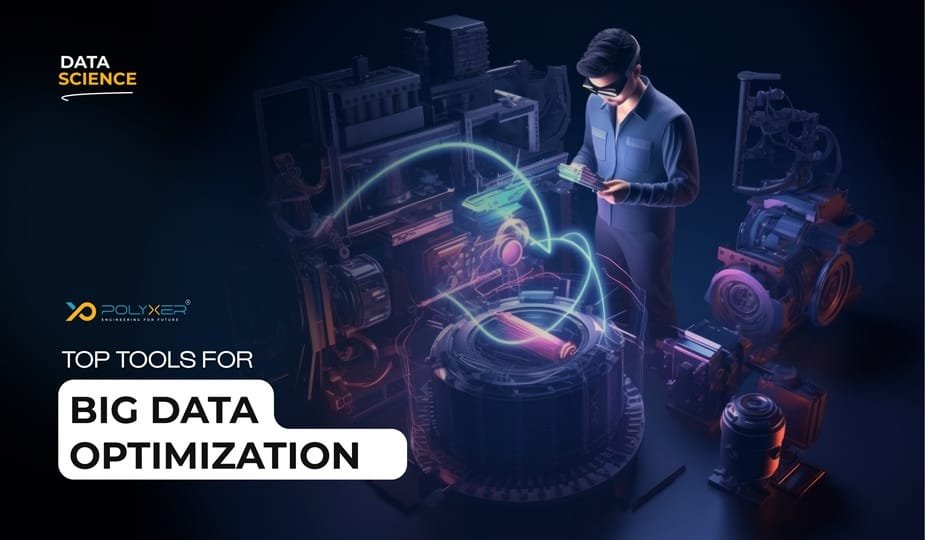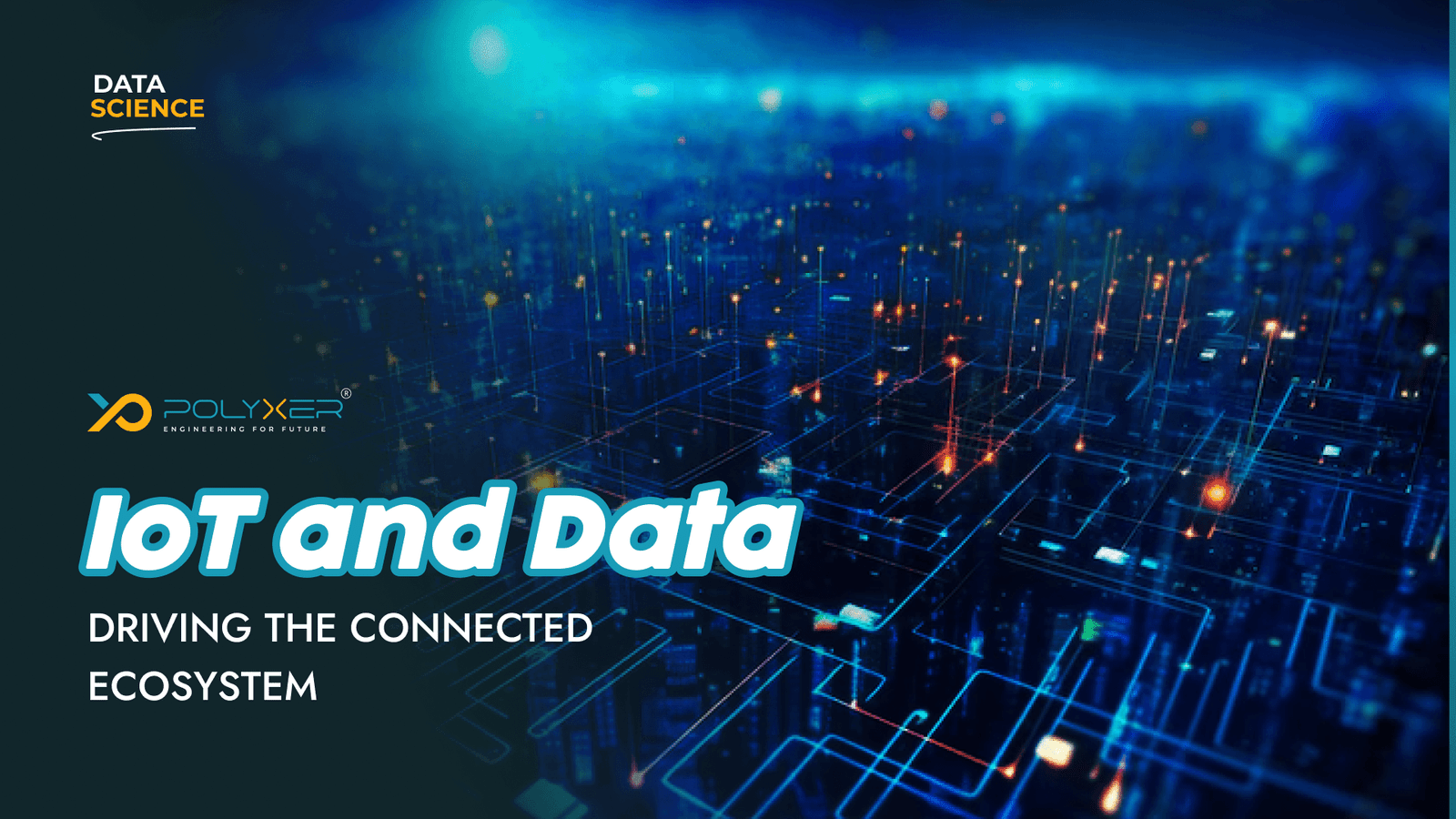
Harnessing Business Analytics for Competitive Edge

Retail Revolution: The Role of Data in Customer Engagement
Climate change today is one of the most pressing challenges faced by people around the globe. It has widespread impact - increasing temperature, melting ice caps, extreme weather events, and loss of biodiversity – which threatens ecosystem, economies and communities. An innovative approach is required to address climate change, based on accurate scientific understanding and effective policy actions.
Among these challenges, data has emerged as a powerful catalyst for climate action. Through advanced data collections, analytics and modeling, stakeholders achieve actionable insights into climate phenomena, help predict future trends, and assess the results of mitigation and adaptation strategies.
In this newsletter, we will find out how the data-driven approaches are central to dealing with climate change, technologies, initiatives and real-world applications that contribute to sustainable future.
The Role of Data in Understanding Climate Change
Scientific research has long relied on empirical data to understand the complex mechanisms driving climate change. Nowadays, the volume and variety of data sources has widely expanded, increasing the accuracy and width of knowledge.
Satellite and Remote Sensing Data
Satellites orbiting the Earth offer significant data on temperature, atmospheric structure, increase in sea level, ice sheet dynamics, land use changes and greenhouse gas emissions. The remote sensing sensors capture data that inform the climate model and monitor environmental changes in near real time.
Ground-Based Monitoring Networks
Weather stations, ocean buoys and ecological sensors collect significant data to validate global datasets, understand microclimate and to estimate regional climatic effects.
Climate Models and Simulations
Super computers process huge datasets to follow climate systems, making future climate scenarios based on various emission routes. These models help predict temperature increase, extreme weather risk and ecosystem change.
Citizen Science and IoT
Increasingly, civil scientists and Internet of Things (IoT) devices contribute data on air quality, biodiversity and energy uses, democratizing data collections and providing hyperlocal insight.

The Role of Data in Understanding Climate Change
Data Analytics for Climate Mitigation
The purpose of mitigation is to reduce or stop greenhouse gas emissions. Hence, this is how data analytics outline many important mitigation strategies.
Emissions Monitoring and Reporting
- The accurate measurement of carbon footprints enables organizations and governments to track progress, verify compliance, and identify emission hotspots.
- AI-driven sensors and satellites detect and determine emissions from imagery industries, transport, agriculture and deforestation.
- Data platforms collect emissions data, supporting transparent public reporting and carbon accounting.
Renewable Energy Optimization
- Data analytics optimize the integration and efficiency of renewable energy sources such as solar, wind and hydroelectric power.
- Weather and generation forecast use utilities which enable the supply to balance and make better demand.
- The future maintenance of assets reduces downtime and extends equipment life.
Energy Efficiency Programs
Energy consumption patterns to identify incompetence in advanced analytics buildings, factories and transport systems, guide the improvement of targeted efficiency.
Carbon Capture and Storage (CCS)
Data models simulate CCS processes, which accelerate the development of viable carbon removal technologies, to keep the capture efficiency of CO2 safe.
Data-Driven Adaptation Strategies
Climate adaptation prepares human and natural systems to reduce damage from climate effects and redeem opportunities.
Risk Assessment and Vulnerability Mapping
- Geospatial and socio-economic data help to identify communities and ecosystems, which are the most unsafe for floods, drought, heat and sea-level rise.
- Mapping risk resource allocation, emergency preparation and infrastructure inform the flexibility scheme.
- Data-driven warning system provides timely alert to the risk population.
Agriculture and Food Security
- Climate-smart uses data on agricultural weather, soil moisture, and crop health to adapt to planting schedule, irrigation and fertilizer uses to increase productivity by reducing environmental footprints.
- Crop disease prediction models support active pest management.
- The supply chain ensures food distribution flexibility amid analytics climate disruptions.
Water Resource Management
Hydrological models and sensor networks provide important data to manage the availability of water for drinking, agriculture and industry, enabling climate to adaptive policies in the form of water cycles.
Urban Planning and Infrastructure
The data indicates the design of flexible cities, evaluating flood risk, heat island effects and energy use that develops sustainable urban infrastructure and green spaces.

Data Analytics for Climate Mitigation
Case Studies: Data-Driven Climate Action in Practice
Case Study 1: Google’s Environmental Insights Explorer
Google leverages its vast data resources to create Environmental Insights Explorer (EIE), a platform that provides the city with detailed insight into its carbon emissions and renewable energy capacity.
- EIE connects satellite imagery, mobility data and building footprint data to help cities to measure the emissions accurately.
- Cities worldwide, including Los Angeles and Melbourne, have used EIE to guide climate action plans and prioritize interventions.
- The equipment democratizes access to data and expedites stability efforts by empowering decision -makers.
Case Study 2: Climate TRACE Coalition
Climate TRACE coalition uses AI and satellite data to provide real -time global greenhouse gas emissions.
- It collects data from more than 300 sources to independently verify country-level and facility-level emissions.
- This data transparency supports strong accountability in international climate agreements.
- Climate TRACE strengthens global mitigation efforts, closing the emission monitoring intervals.
The Technology Enablers
Artificial Intelligence and Machine Learning
AI intensifies data analysis, pattern recognition and model development for climate science and policy.
- Machine learning models improve weather and climate predictions beyond traditional functioning.
- AI optimizes energy systems, enabling smart grids and autonomous demand management.
Big Data and Cloud Computing
Environmental data growth requires scalable storage and processing.
- Cloud platforms provide infrastructure to handle petabytes of climate data.
- Democratized data access fosters cooperations to the with discipline and boundaries.
Internet of Things (IoT)
Smart sensors and connected devices increase granularity and frequency of environmental data collections.
- IoT increases air and water quality, energy use and monitoring of biodiversity.
- These insight reports timely interference and adaptive management.

The Technology Enablers
Challenges and Ethical Considerations
Data Quality and Integration
- Inconsistent data format, missing data, and sources complicate comprehensive analysis.
- The efforts of standardization are important for interoperability and trust.
Privacy and Ownership
- Data collection enhances concerns about personal privacy and community consent, especially in indigenous and vulnerable population.
- It is necessary to establish a protocol to respect rights and governance.
Digital Divide
- Reaches to data technology which varies globally, risking the exclusion of low income and developing areas.
- Equal data access should be preferred to ensure inclusive climate solutions.
Overreliance on Data
- While powerful, data-driven decisions should consider uncertainties and complement human decisions and local knowledge.
- Avoiding the technical approach ensures that policies are socially and environmentally grounded.

Challenges and Ethical Considerations
The Future Landscape
Enhanced Data Collaboration
Global initiative promotes open data sharing, enables researchers, policy makers and communities to co-produce.
Predictive and Prescriptive Climate Analytics
As the model improves, Predictive Analytics will enable proactive management, while prescriptive analytics recommends customized adaptation routes.
Integration of Socioeconomic and Climate Data
The overall data models incorporating social, economic and environmental factors will better capture the complexity of climate challenges.
Citizen Science and Participatory Data
Engaging individuals and communities in data collection enriches the dataset and promotes the ownership of climate action.

The Future Landscape
The Ending Note
Data-driven approaches in the global fight against climate change are indispensable tools. They empower stakeholders with the insight required to design more effective, scalable and equitable mitigation and adaptation solutions. From monitoring of greenhouse gases to optimization of renewable energy systems and increasing community flexibility, data faces heavy challenges in actionable strategies by using data.
However, realizing the full potential of data demands systemic investments in technology, governance, inclusion and moral outlines. This requires the cooperation of nations, institutions and citizens.
As we stand in a significant moment in climate action, embracing data-driven results is a beacon of hope-we move towards a more durable and flexible future for generations.
This Article is also here






